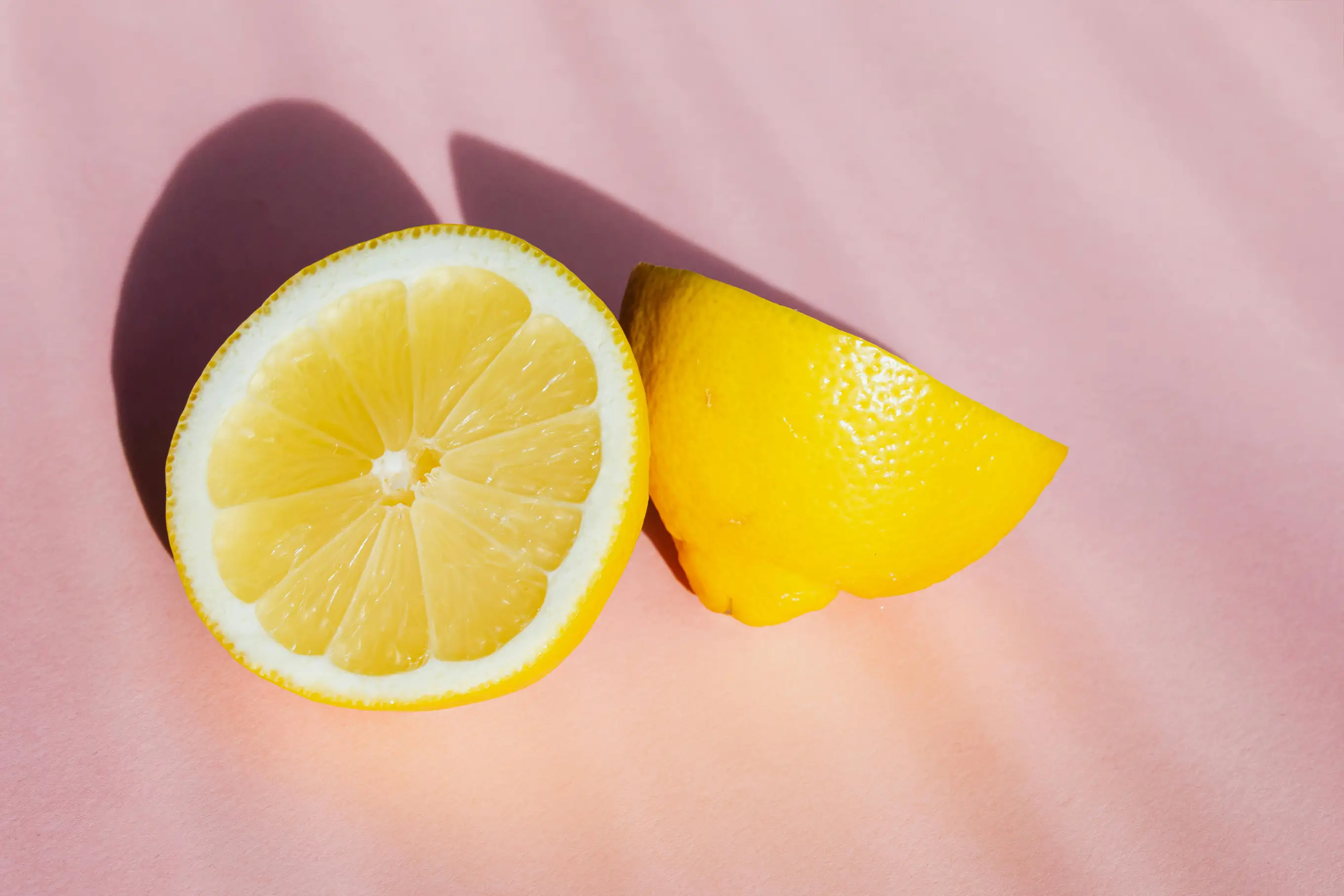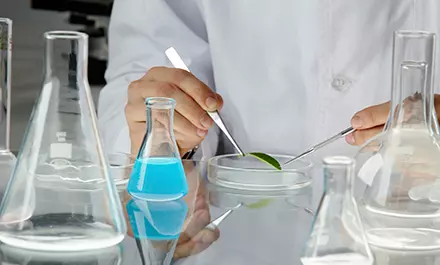
Some concepts related to fragrance in ejuice
The history of fragrance usage dates back to ancient times. In the 3rd century BC, there were records of incense in cities along the Indus River in India. The flavors used in the eliquids of e-cigarettes are made from fragrance.
Ancient civilizations such as China, India, Egypt, and Greece were among the earliest users of fragrances. The fragrances used by ancient people were mostly natural extracts from aromatic plants or animal secretions, and were commonly used for medicinal purposes, bathing, religious offerings, or flavoring food. Due to the strong antibacterial properties of certain natural fragrances, they were also often used for fumigation, embalming, and applied to corpses for preservation.
Not only does China have a long history of fragrance usage, it was also one of the earliest countries to engage in fragrance trade. Ancient Chinese fragrance trade corresponded with the overland Silk Road trade and formed the Maritime Spice Route through Quanzhou. Camphor, frankincense, musk, and other fragrances were exported to Europe through Japan and Egypt.

Around the 8th to 10th centuries AD, people already knew how to separate fragrances using distillation. In the 13th century, people first isolated terpene compounds from essential oils. By the 15th century, the use of fragrances had become a symbol of luxury for ruling classes in many countries. With the development of science and technology, the emerging synthetic fragrance industry gradually began to develop in the 19th century. Today, various scented products have become indispensable necessities in people's daily lives.
Today, let's talk about some concepts related to fragrance and flavor substances.
Fragrance/Flavor Substance
Fragrance or flavor substances are materials that emit aroma or flavor, and are used as raw materials for preparing perfumes or flavors.
Fragrance substances include natural and synthetic types, with natural fragrance substances being further categorized into animal-derived and plant-derived types.

Fauna Natural Fragrance/Flavor Substance
Fauna natural fragrance substances refer to secretions or excretions from specific animals.
Flora Natural Fragrance/Flavor Substance
Flora natural fragrance substances are derived from aromatic parts of plants such as flowers, branches, leaves, grass, roots, bark, stems, seeds, or fruits. These substances are obtained through methods like steam distillation, maceration, expression, or absorption, resulting in essential oils, oleoresins, tinctures, balsams, resinoids, and concretes. Examples include rose oil, jasmine macerate, vanilla tincture, benzoin resin, garlic oil resin, and daffodil concrete.
Isolate
Isolates are individual fragrance compounds separated from natural fragrance substances using physical or chemical methods. For example, menthol, isolated from peppermint oil through recrystallization, is commonly known as "menthol camphor." Similarly, citral, present in citronella oil at around 80%, can be obtained as crude citral through precise distillation, followed by purification using sodium bisulfite to yield refined citral, which is an isolate.
Most isolates extracted from natural essential oils can be synthesized using organic synthesis methods. Isolates and synthetic fragrance substances, apart from differences in unstable isotope content due to their different sources, have no inherent distinctions in olfactory characteristics and applications.

Synthetic Fragrance/Flavor Substance
Fragrance or flavor substances obtained through chemical synthesis or isolation are referred to as synthetic fragrance substances. Currently, there are over 5000 types of synthetic fragrance substances worldwide, with over 3000 commonly used products.
Fragrance Compound/Compounded Flavor
A fragrance compound is a mixture of multiple fragrance substances and corresponding additives, formulated to possess specific fragrances and used for scenting products. Due to the relatively monotonous aroma of both natural and synthetic fragrance substances, the majority cannot be directly used for scenting products and must first be compounded into fragrance compounds before application.

We will contact you as soon as possible









